Book Review: Everlasting Flower- A History of Korea by Keith Pratt
Hello today I would like to share to you a book review about the works of Keith Pratt.
Pratt, Keith. Everlasting Flower: A History of Korea. London: Reaktion Books Ltd, 2006.
Source
Keith Pratt’s Everlasting Flower: A History of Korea gives emphasis to the Korean Culture as a determining factor in developing and shaping Korea in the present times. The content of the book is in accordance with the author’s scale of evaluation and standpoint in understanding the History of Korea, from its main root. Basically, since the book covers Korea’s history way back from the ancient period, it is to expect that most of its content is an output of secondary sources. Everlasting Flower has a wide range and scope, because it doesn’t only limit in a one aspect of Korea, not just through the study of its culture and traditions but also the social and political structure, the myths and legends, even the arts and music of Korea enabling it to present a comprehensive history to all. “Everlasting Flower: A History of Korea” was divided into three phases which contains every chapter to be very informative and detailed. The part one is about the “Creation of State and Identity” Keith Pratt begun with the history of Korea from 668 AD. The first chapters focused were about Korea’s creation of culture in the early age. In chapter two, the book had shown the interconnectedness of the East Asian regions, Tang in China, Nara in Japan and with the ruling period of Unified Silla in Korea. The next chapter talks about the ‘High and Beautiful’ or the Koryo regime since the leadership of Wang Kon or Kim Tae Jo in his country’s struggle for political independence. It was also included how Korean society and its government dealt with the presence and influence of the two religious factions, the Buddhism and Hinduism which had contributions in prospering their own culture. The second phase of the book “The Century of Insecurity” covers the history of Korea from 1800’s until the early 1900’s. The fifth chapter tackles about the society and culture of both North and South Korea, foreign ideologies reached the region and it threatened the political and social order. China, Korea and Japan had been defined as ‘three families under the same roof’ all these countries, women in every society were all submissive to men but Neo Confucianism reinforced discriminations against them. China influenced the style and decoration of buildings, palaces of Japan and Korea. In here, government towards society, it was being mentioned that during the Hermet Kingdom, the concept of national development was still not present since traditional social order wasn’t reshaped yet.
The third phase of the book which known, commonly, as a scope of other authors too may somewhat come up into something different from what Pratt had created. In the seventh section, it is obviously about how things stand in Korea when it was in a foreign control. This is just a question at hand, did the Japanese colonization brought progress or did it only turmoil Korea’s own culture? By the early 19th century, when Japan rise to power it has been a threat to the Pacific that anytime Japan will conquer territories, one of those is Korea. Japanese government’s ideal is development for Korea, introducing programs of modernization, industrialization, establishments of railroad networks. However, the eradication of Japanese policy affected Korea as Korea, for instance abolition of the hundreds of buildings in the Kyonbok Palace. Japanese language, name and its state religion and Japanese education was also imposed in the Korean society. 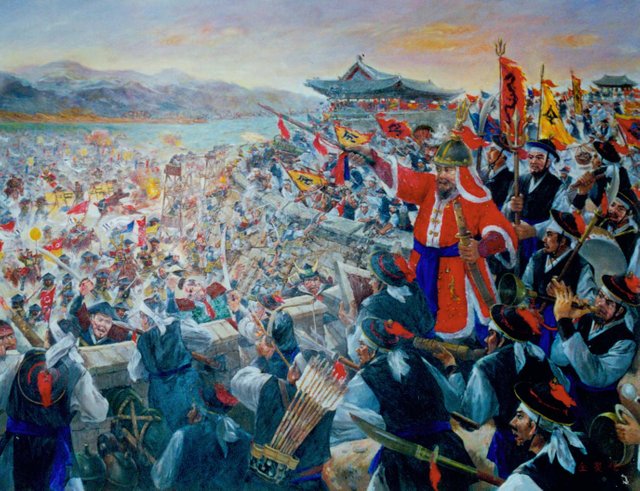
The 8th chapter entitled, ‘Partition War 1945 – 1953: Return to Disunity’ is much important to discuss for this book could give people the knowledge of how the North and South Korea divided and why the conflict wasn’t prevented, and if there was any possibility that the clash would lead to World War Three. As what Keith Pratt described, ‘the lack of ready-made plan provided disastrous’, assumed control and authority lead by unprepared foreign selected leaders just proved ineffective and a predicament. In fact, mostly of the communist are in the southern, most population of Christian was from the northern, the mass persecution of them caused migration towards north. Furthermore, USSR had already a direct control in North it is, therefore, expected for the USA to automatically feel the need to support the South because they were anxious to communism.
Finally, Everlasting Flower’s 9th chapter was about the change of the tradition in Korea after the war. There were many changes in both part, the division were much outlined, The Democratic People’s Republic of Korea, its political and economic structure are far different from what the Republic of Korea has which obviously will reflect in how strong sense of ethnic and culture the two divided territories have.
Conclusion
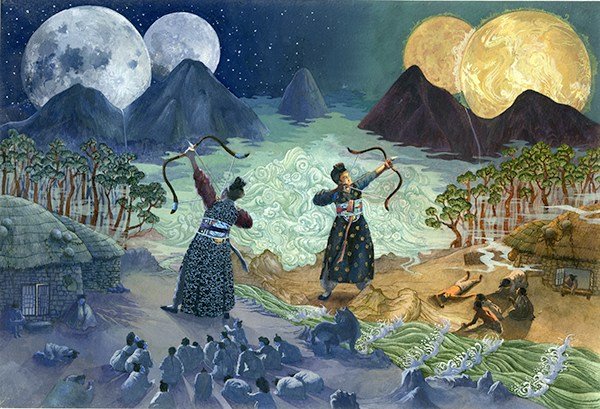
Source
As to conclusion, since the beginning East Asian region’s intimate relationship was a determining factor towards each of it county’s progress and prosperity though nasty wars were often inevitable. Ancient colonization and invasions even in the modern period influenced conquered territories. The presences of Confucianism and Buddhism have contributions to flourish Korea’s culture. Korea’s history is an evident of how ancient emperors made the finest efforts to unify it still however, in the contemporary, the occurrence of foreign intervention, different ideologies and aspirations among Koreans divided their country. The Democratic People’s Republic of Korea and Republic of Korea have distinctions when it comes to social, political and economic structure and these divided Korean peninsulas anytime can possibly declare war against each other.
Through Keith Pratt’ extensive researches, interviews to an account of certain notable people and even fictional interpretation based on facts making the book, ‘Everlasting Flower: A History of Korea’ is very informative. However, it was being too detailed which will inevitably can lead to complication of ideas. On the other side, it is much challenging also to create as single book that covers the whole Korea and to tackle historical events provided by the manifestation that some occurrences like of that chronology is contradicted by the historical topic being discussed.
Posted from my blog with SteemPress : http://zam398.vornix.blog/2018/08/10/book-review-everlasting-flower-a-history-of-korea-by-keith-pratt/
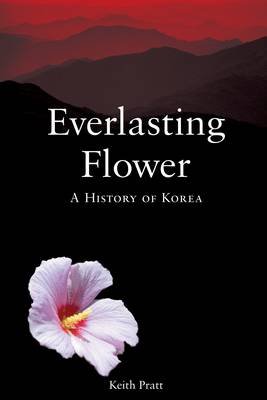
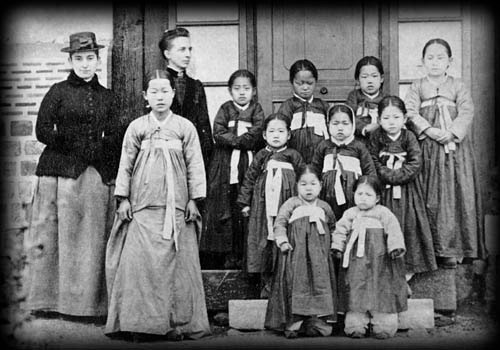
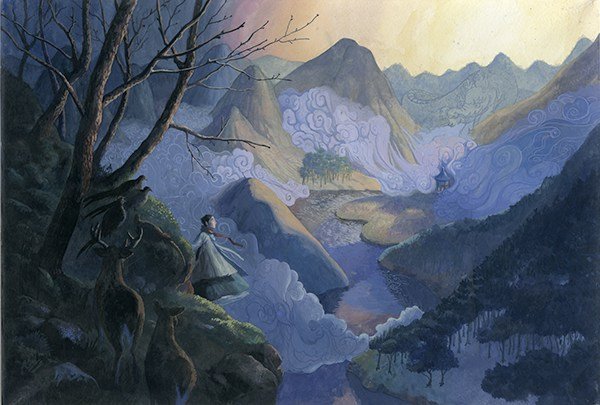
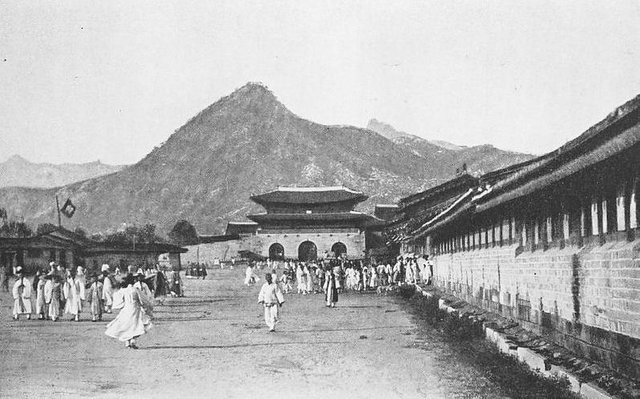
Congratulations @zam398! You have completed the following achievement on Steemit and have been rewarded with new badge(s) :
Click on the badge to view your Board of Honor.
If you no longer want to receive notifications, reply to this comment with the word
STOPTo support your work, I also upvoted your post!